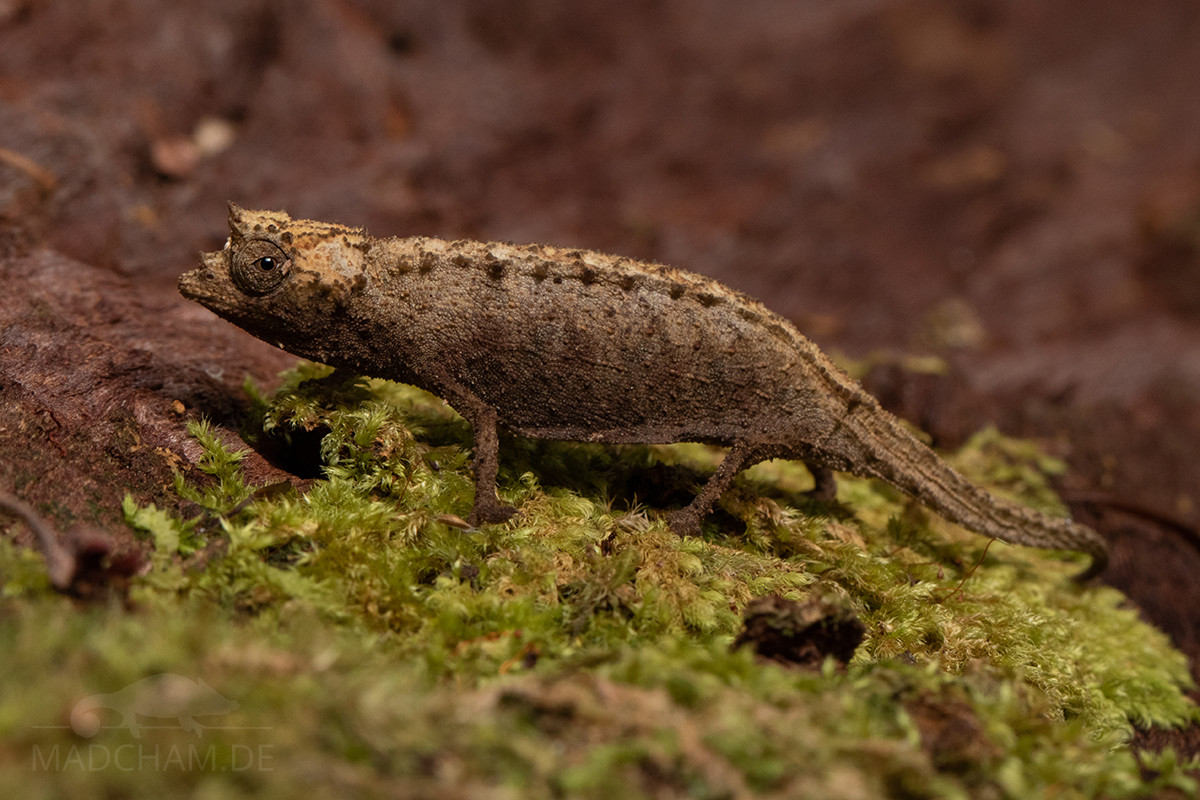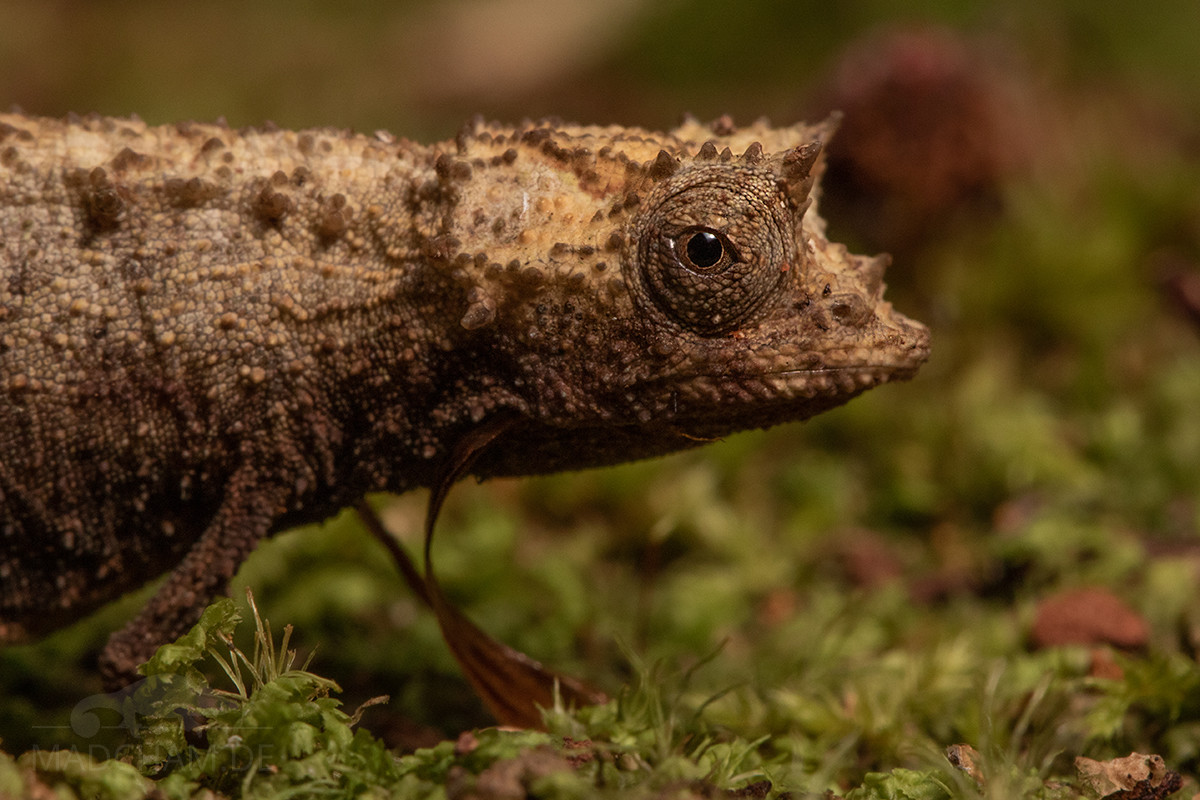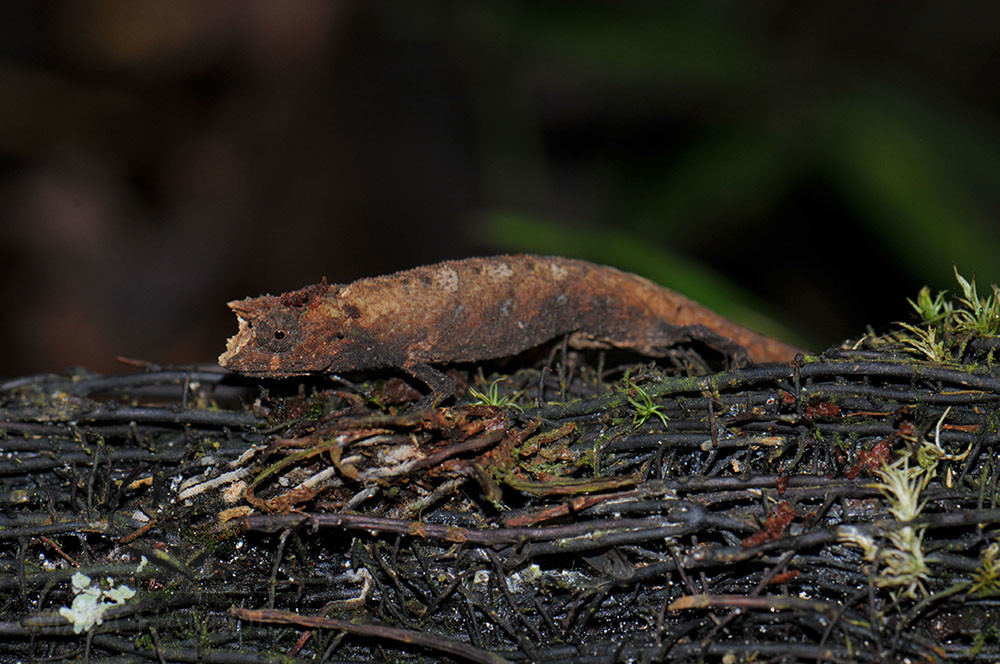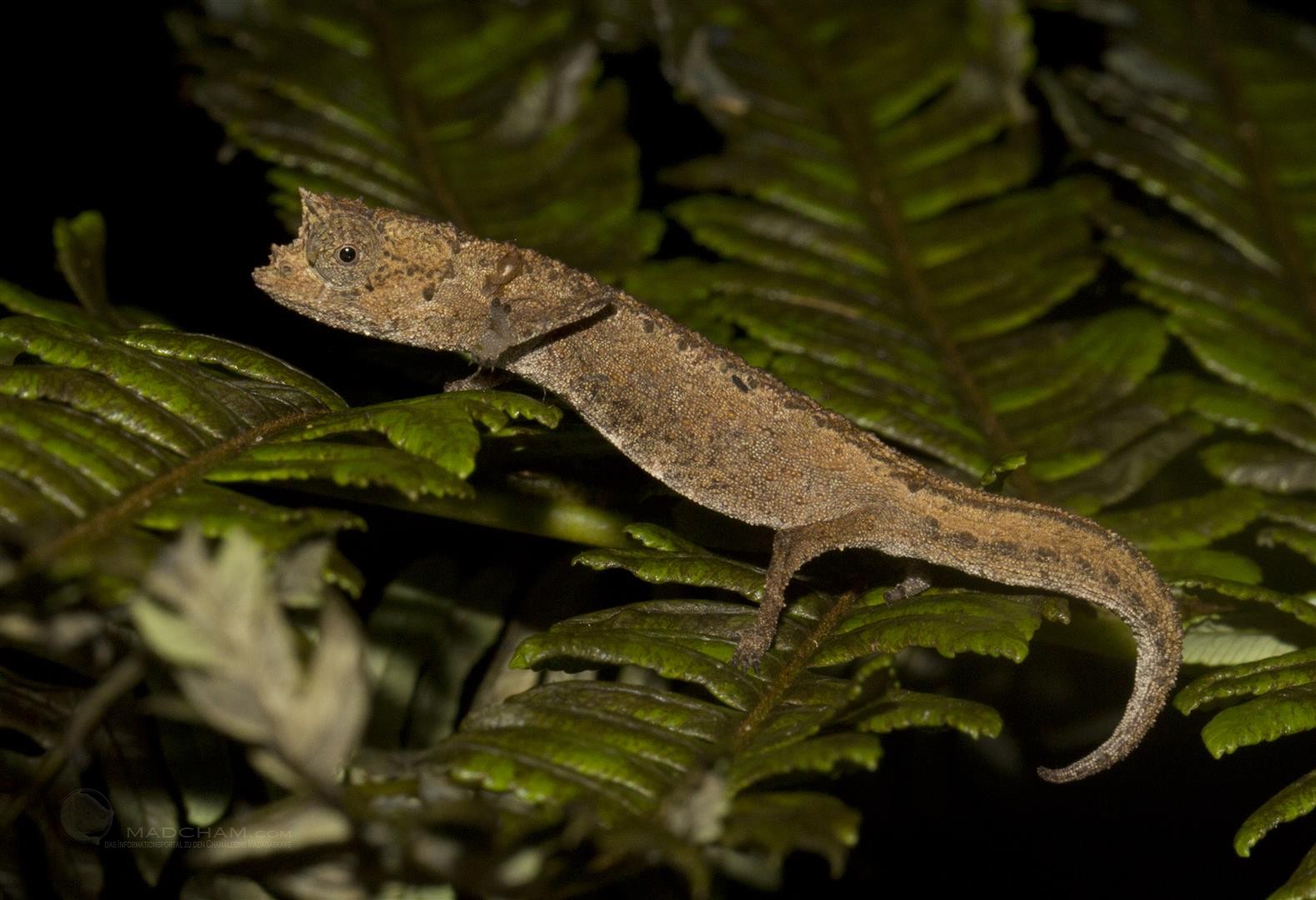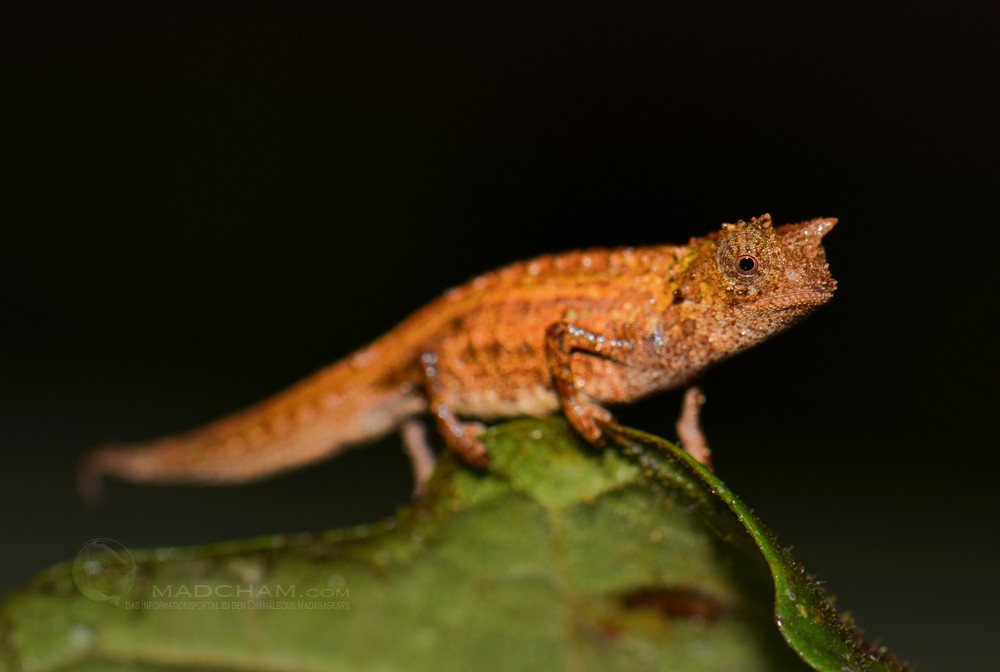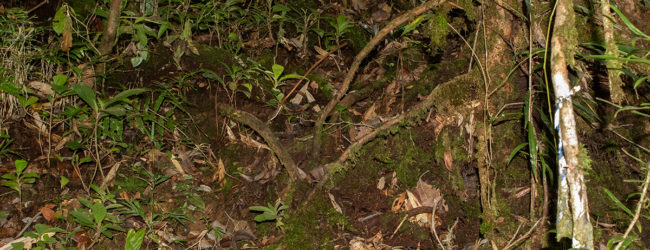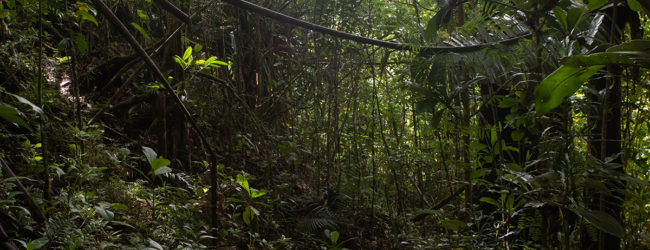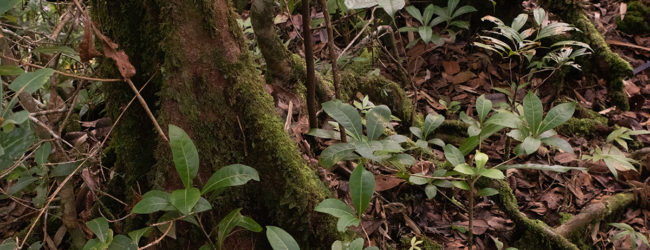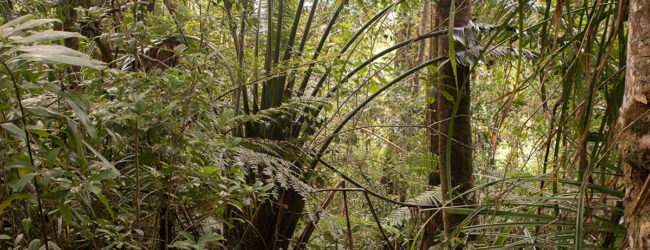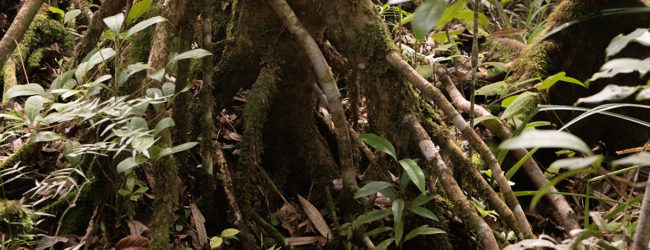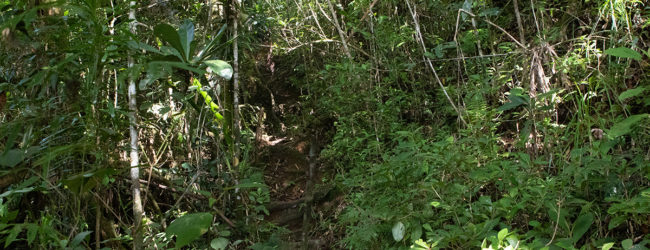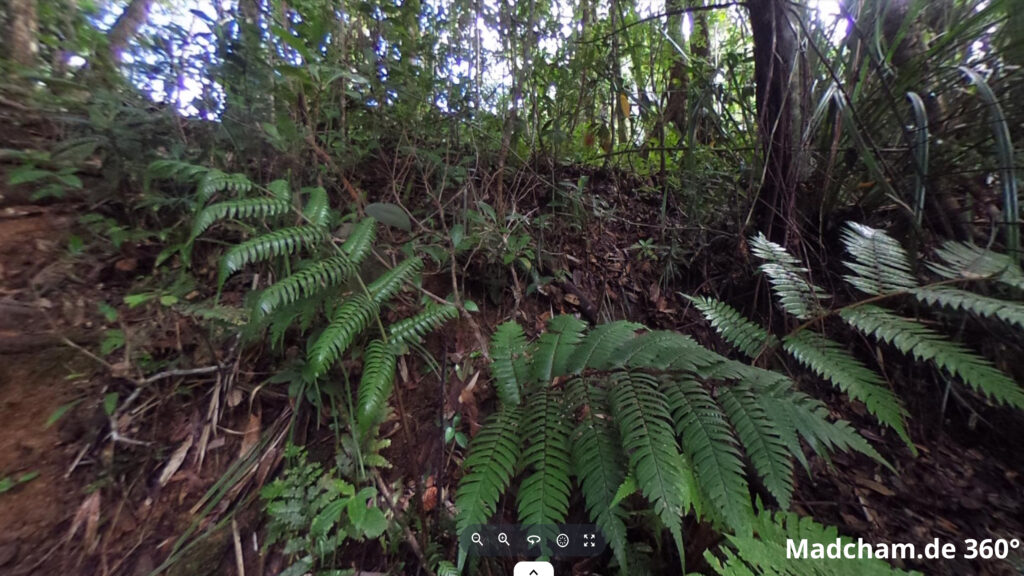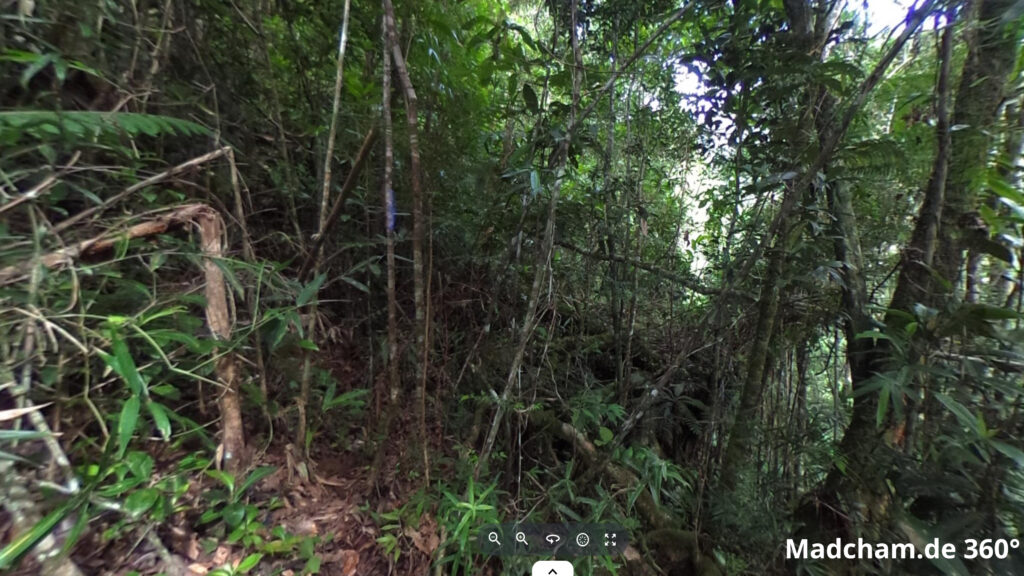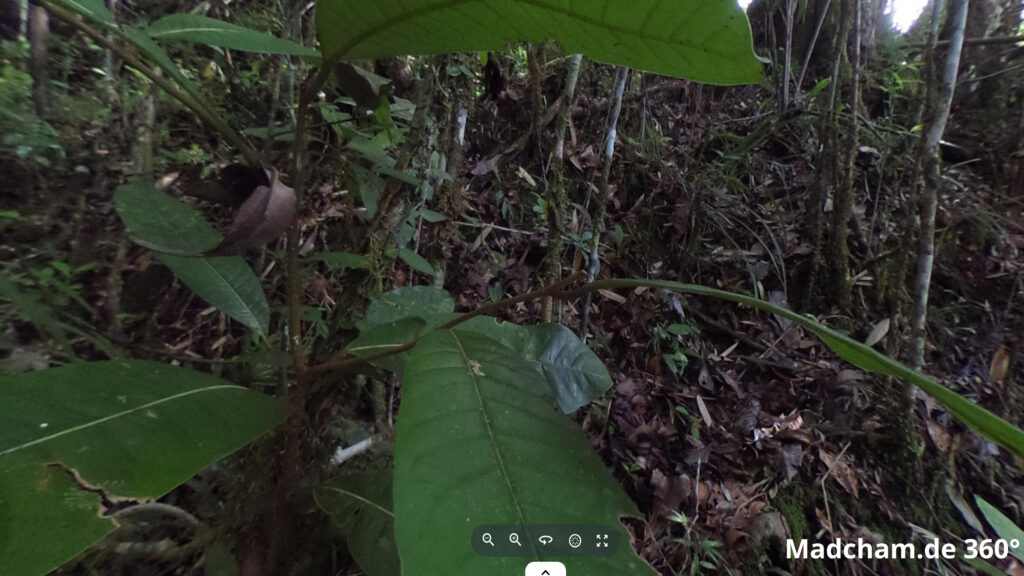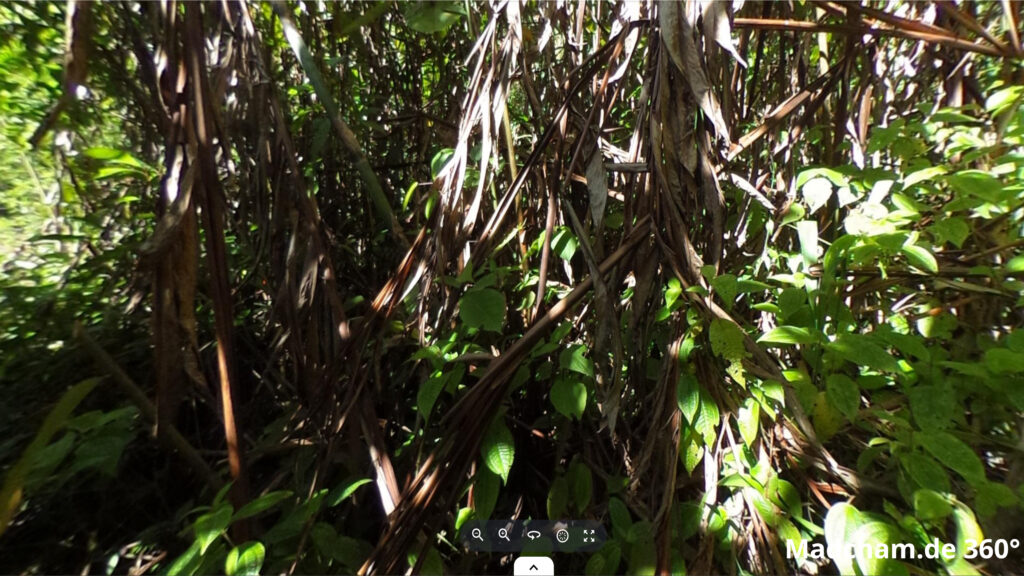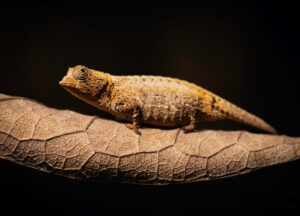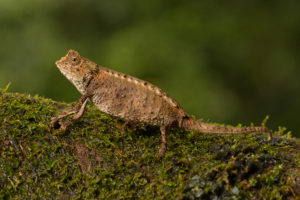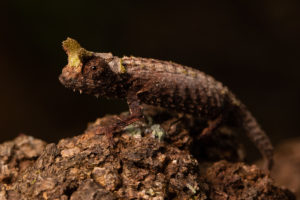no legal export possible
First description: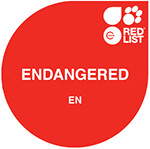
Brygoo, Blanc & Domergue, 1970
Origin of the species name:
Édouard-Raoul Brygoo (later working at the Natural History Museum in Paris, France), Charles Pierre Blanc and Charles Antoine Domergue from the then Institut Pasteur in Antananarivo, Madagascar dedicated the species to their colleague Jean-Paul Karche. Karche was a French geologist and worked at the University of Antsiranana (Diego Suarez) in northern Madagascar at the time.
Distribution:
Brookesia karchei mainly occurs in Marojejy national park in northeast Madagascar, where it prefers a humid leaf layer between rocks and moss as habitat. We could find it several times between Camp Mantella and Camp Marojejya – which is not easy with a chameleon of this tiny size!
Appearance & size:
The dwarfs become about 50 mm long, females stay a little smaller. Along the back, each side has a row of twelve to thirteen enlarged, spiny scales that are not continued on tail (in contrast to some other very similar Brookesia species). Above noses and eyes, there is a small bony appendage, otherwise, these chameleons look rather unsuspicious. They are beige to light brown.
Good to know:
This species is part of the minima group, which includes the smallest chameleons of the world.
| Jan | Feb | Mar | Apr | May | Jun | Jul | Aug | Sep | Oct | Nov | Dec | |
| Average temperature | 26 | 26 | 26 | 25 | 25 | 23 | 23 | 22 | 23 | 24 | 25 | 26 |
| Minimum temperature | 24 | 24 | 23 | 23 | 22 | 21 | 20 | 19 | 20 | 21 | 22 | 24 |
| Maximum temperature | 30 | 29 | 29 | 29 | 28 | 27 | 25 | 25 | 25 | 27 | 28 | 30 |
| Rain days | 28 | 23 | 27 | 22 | 24 | 21 | 20 | 18 | 23 | 22 | 16 | 25 |
The data given was measured and collected by us over several years using thermometers and hygrometers directly at the locations where the animals were found. ‘Average temperature’ means that the values of an entire month were calculated to an average value, e.g. all measured minimum values of a month were calculated to an average minimum value for February. In plain language, this means that individual peak values of a day can be significantly higher or lower than the average minimum and maximum values, so it is possible that although the average maximum is 29 degrees, it was 33°C or even 35°C on some days of the month.
Marojejy mainly consists of rainforest that extends over the eponymic sacred mountain at elevations of 200 to maximally 2100 m above sea level. In the highest areas, climate is cool and vegetation sparse, but most chameleons live in the warmer dense rainforest below. Marojejy has different altitude levels, each with its own species living in its own climate. In the lowest altitude level it is very warm and humid, in the middle and high altitudes it becomes a little cooler, but not less humid.
In Marojejy, there is few difference between rainy and dry season. Humidity is always very, very high. In the rainy season, precipitation is more intense with rainfalls that may last for days and sometimes are accompagnied by heavy storms. In the dry season, temperatures are a little lower, but it never becomes really cold. And it still rains almost daily. It really cannot become dry in Marojejy during "dry" season. Humidity is the main key factor of this rainforest. In 2022, we measured relative humidity on various days during the rainy season, and the data can be found below.
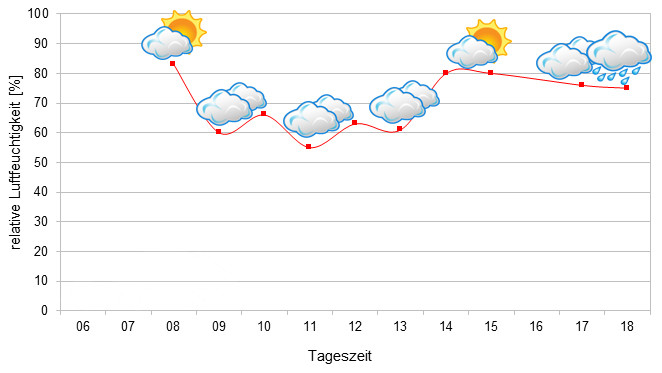
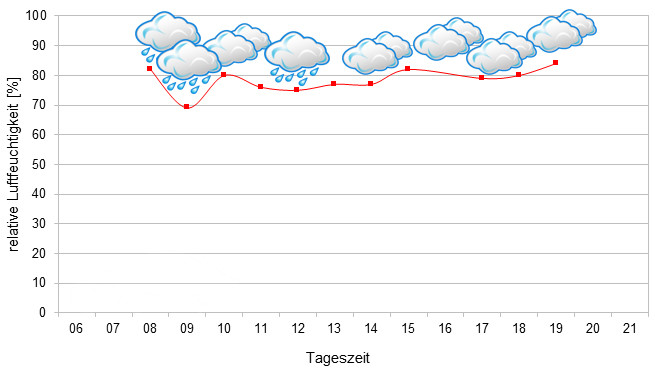
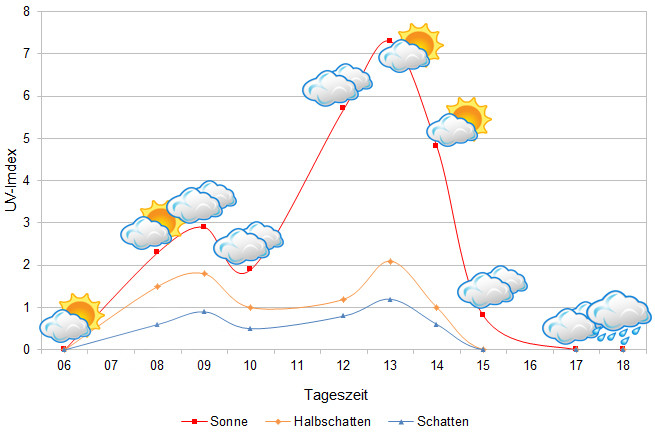
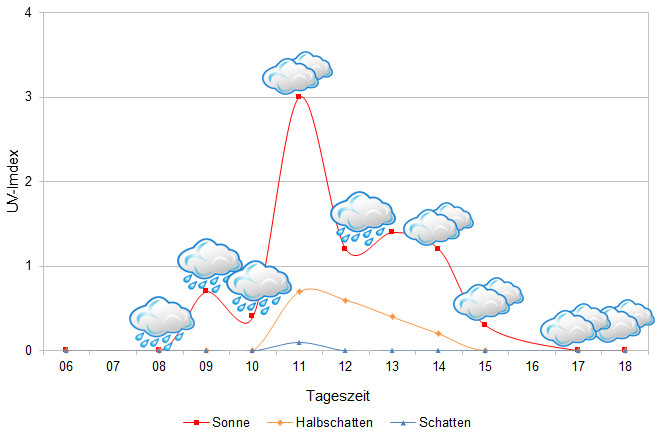
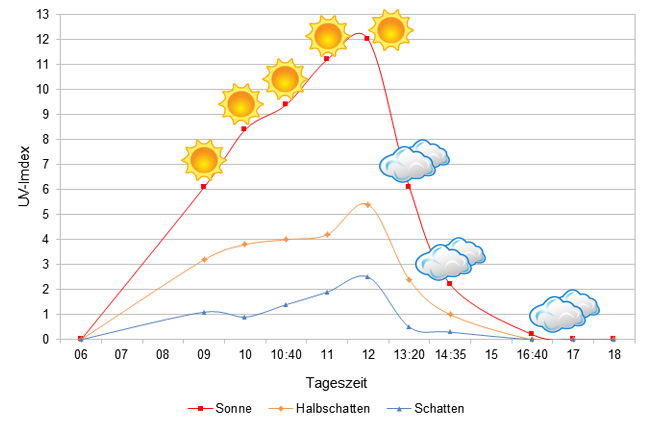
Tageszeit = day time, Sonne = sun, Halbschatten = half shade, Schatten = shade
We have measured UVB data with a Solarmeter 6.5 in spring (end of March until beginning of April) at the peak of activity of chameleons in Madagascar. We always measured the values that a chameleon could maximally reach in its habitat.
Since 2022, in addition to other climate data, we have been measuring air pressure at the locations we visit in Madagascar. The following data is from different days during the rainy season. On the X-axis is the time of day or night. In Madagascar, the day begins around 6 a.m., and night falls at 6 p.m. The Y-axis shows the atmospheric pressure in hPa.
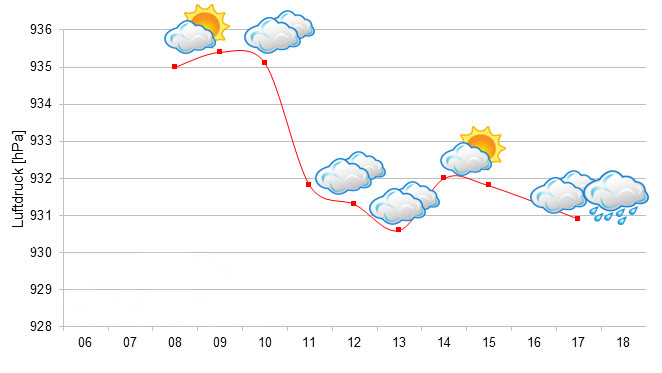
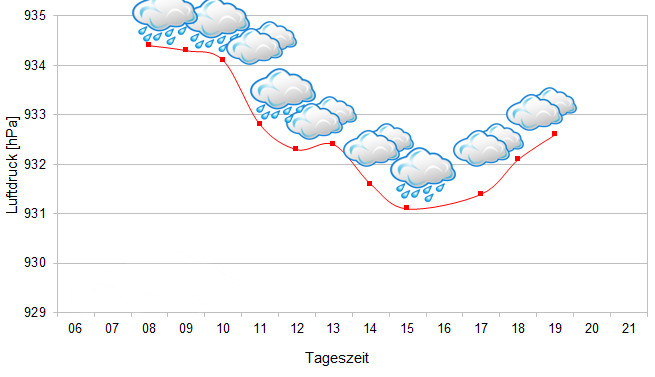
Habitat:
The following pictures show the habitat of Brookesia karchei between Camp Mantella and Marojejya in Marojejy. The rainforest here consists of huge tree giants and slippery, mossy, round stones in very lush undergrowth. Ferns, lianas, and moss dominate the scene. You can find these chameleons in the middle of the dense foliage and on bark pieces.
Below you will find 360° images of Marojejy that we took during the rainy season. If you click on the respective image, the pictures will open in an enlarged view in a separate window. You can use the mouse to rotate in all directions. You also have the option of running the images in full-screen mode. Have fun looking at them!

